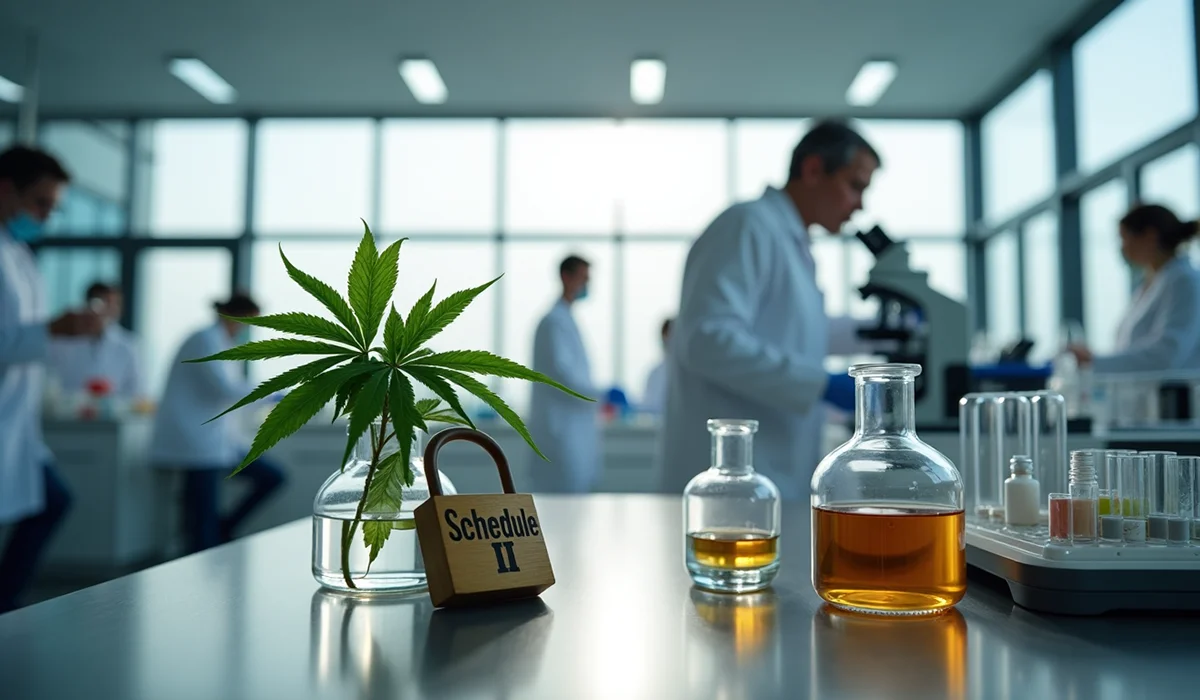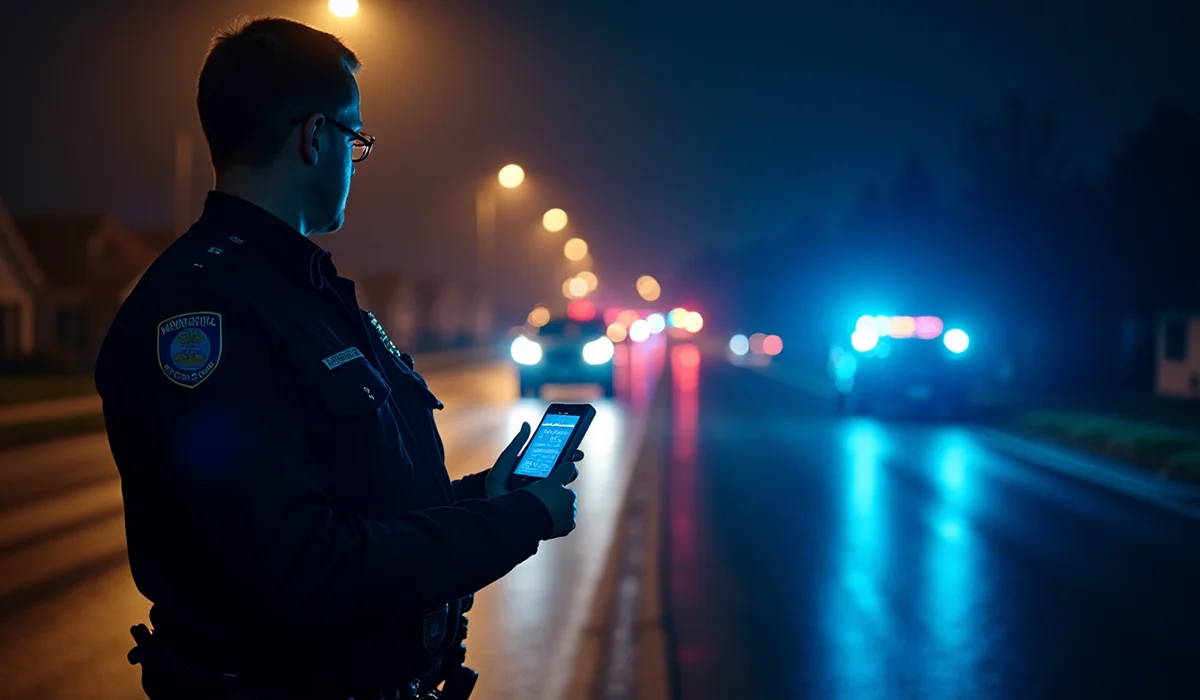Marijuana-related fatal crashes have jumped a staggering 52% in Ohio since 2019. THC mouth swabs have become a crucial tool to help law enforcement tackle this growing crisis. The numbers tell a sobering story – fatal crashes with marijuana rose dramatically from 201 in 2019 to 306 in 2023. Someone under marijuana’s influence now plays a role in nearly a quarter of all fatal crashes.
The Ohio State Highway Patrol’s response came through a pilot program for oral fluid testing, which launched on August 1, 2024. This testing approach proves quicker and less intrusive than traditional blood and urine tests. The program shows early promise, following Alabama’s successful model from five years ago.
Ohio Highway Patrol Implements New Oral Fluid Testing Program
The Ohio State Highway Patrol (OSHP) has launched an innovative oral fluid testing program that differs from standard impairment detection methods. Drivers suspected of marijuana impairment can now provide saliva samples at traffic stops or crash scenes.
How THC Mouth Swabs Work in Field Operations
THC mouth swabs follow a simple collection process. A trooper hands the driver a mouth swab that needs rubbing around the mouth’s interior for up to four minutes. This gentle procedure collects oral fluid with traces of active substances from the bloodstream.
“What will show up in the oral fluid is whatever is active in somebody’s bloodstream,” explains OSHP Captain Christopher Kinn.
THC mouth swabs can detect delta-9 THC, the psychoactive component that causes intoxication in marijuana. The device won’t pick up inactive THC compounds that might stay in someone’s system for weeks. The OSHP focuses on evidentiary tests, though two types of oral testing exist – roadside and evidentiary.
Why OSHP Developed This Testing Method
OSHP started developing this testing approach long before Ohio made recreational marijuana legal. “We have been working to bring oral fluid testing to fruition for a number of years, before Ohio had legalized non-medical adult use marijuana,” Captain Kinn noted.
This method brings several benefits compared to traditional testing. Blood tests need suspect transportation to hospitals, while urine collection creates gender-specific issues. “With urine, there’s some issue. With urine like a same-sex collection, being a male, I can’t collect a urine sample from a female,” Kinn explained.
Oral testing proves better because:
- Collection happens quickly with minimal invasion
- Staff can observe samples easily whatever the gender
- Results show active substances in the bloodstream now
- Labs process samples using proven protocols
Pilot Program Rollout Timeline and Locations
The pilot program started in August 2024 and runs through August 2025. OSHP will cooperate with partner agencies across Ohio during this time, getting samples from state troopers and other law enforcement agencies.
The Ohio State Highway Patrol Crime Lab in Columbus analyzes test samples, taking 30-45 days to process. A successful pilot program evaluation could lead to statewide implementation by late 2025.
Captain Kinn stressed these tests aren’t random: “It’s only when there’s probable cause based off of the field sobriety tests that were performed, the interaction with the person, and what kind of driving behavior we saw from them”.
Fatal Crashes Involving THC Have Surged 52% Since 2019
The Ohio State Highway Patrol’s official data shows a worrying trend in road safety. The death toll from marijuana-related traffic crashes jumped from 230 in 2019 to 335 in 2023—a dramatic 46% increase. Law enforcement now looks to THC mouth swabs as a possible answer to this crisis.
Statistical Evidence Driving Policy Changes
Captain Chris Kinn of the Ohio State Highway Patrol reports that marijuana influenced drivers caused about 24% of Ohio’s fatal crashes in 2023. The numbers tell an even grimmer story. Alcohol and drugs together played a role in 53% of all fatal crashes throughout the state over the last several years.
Recent years paint a troubling picture of impaired driving. Drug-only cases made up 40% of all OVI-related fatal crashes. Alcohol-only cases accounted for 28%, and both substances combined caused 32% of these crashes. Cannabinoids stood out as the most common drug found at crash scenes, showing up in 40% of drug-related fatal crashes.
Drug-impaired driving in fatal crashes rose by 4% from 2022 to 2023. This happened even as overall fatal crashes dropped by 3% during this time. State troopers made 3,319 drug-impaired driving arrests in 2023. Of these, 739 cases linked directly to marijuana impairment.
Comparison to Alcohol-Related Fatalities
Alcohol has long dominated impaired driving numbers, but THC-related incidents now pose a growing threat. Studies show alcohol-related deaths stayed relatively steady. However, cannabis-related fatalities surged from 9.0% in 2000 to 21.5% in 2018 nationwide.
The risks multiply when drivers mix substances. Fatal crashes with drivers testing positive for both cannabis and alcohol climbed from 4.8% in 2000 to 10.3% in 2018. These drivers had 1.46 times higher odds of blood alcohol levels at or above 0.08%.
These numbers highlight why we need better field testing methods like THC mouth swabs. Traditional approaches don’t deal very well with this growing public safety threat.
How Do THC Mouth Swabs Work Compared to Traditional Methods?
Law enforcement agencies want to overcome several challenges that traditional cannabis impairment testing methods present. The science behind these differences shows why THC mouth swabs have become popular for roadside testing.
Blood and Urine Testing Limitations
Standard urine tests can’t detect cannabis use between 3-6 hours after consumption. This happens to be when a person is most impaired. Blood tests measure active THC but require invasive procedures and hospital visits with potential infection risks. Both methods have practical drawbacks. Medical personnel must collect blood samples, while urine collection needs gender-specific protocols that make roadside testing complicated.
Scientific Principles Behind Oral Fluid Detection
Passive diffusion from blood into saliva makes oral fluid testing possible right after drug use. THC shows up in oral fluid as the parent compound instead of metabolites. This significant difference means mouth swabs can detect active, recent use rather than past consumption that might not affect driving.
The detection method works by collecting saliva that contains oral fluid, gingival fluid, and cellular debris where drugs build up. Oral fluid relates directly to blood concentrations, unlike urine tests that measure metabolites. This provides better insights into current impairment levels.
Laboratory Analysis Process
Labs analyze samples through two steps: They screen with immunoassay first and confirm positive results using mass spectrometry. This method uses the same technology as laboratory screening (EIA/EMIT). Specialized devices with stabilizing buffers help transport the samples.
Result Timeframes and Interpretation
THC stays detectable in oral fluid between 12-48 hours, but can last for days or weeks in urine. This shorter detection window helps determine recent use more effectively. Most drugs remain detectable in oral fluid for 24-36 hours. THC detection usually lasts 24 hours because its fat-soluble nature prevents direct oral fluid transfer.
Studies show oral fluid tests achieve about 80% accuracy for THC detection. These results prove slightly more reliable than urine tests for detecting recent cannabis use.
Legal Implications Challenge Accuracy of Mouth Swab Tests
THC mouth swabs are gaining popularity with law enforcement, but they face major legal challenges in courtrooms nationwide. These tests started as roadside screening tools and now serve as evidence in impaired driving cases. Their scientific credibility now faces intense scrutiny.
Defense Attorneys Question Reliability
Legal experts point out several issues with oral fluid testing for cannabis impairment:
- The American Civil Liberties Union (ACLU) labels roadside saliva testing “probably unconstitutional.” They state these tests “say nothing about actual impairment at the time of testing”
- Defense attorneys warn that prescription medications can trigger positive results. This leads to extended detentions for drivers who take doctor-prescribed medicines
- Racial bias emerges as a key concern. People of color already face disproportionate police stops and might undergo these tests more often
How Accurate Are THC Mouth Swabs in Court Cases?
Scientists still debate the reliability of how accurate are thc mouth swabs. Research from Sydney University shows roadside mobile saliva tests give wrong results 20% of the time for THC detection. The situation becomes worse as false positives show up “when people have very low levels of THC,” including someone using a placebo.
A California judge ruled in 2018 that a similar roadside test kit “does not meet a scientific admissibility standard” and “does not support the grand jury indictment”. The U.S. National Institute of Justice backed this up in 2021, stating that “THC levels in biofluid were not reliable indicators of marijuana intoxication”.
Pending Legal Challenges to Oral Testing
Legal challenges keep mounting against these tests. A Massachusetts superior court judge called chemical test kits “arbitrary and unlawful guesswork.” The judge ordered the state’s Department of Correction to halt their use during litigation. A federal judge ruled in September 2021 that companies selling field tests might face liability for harm caused by wrong results.
The U.S. Department of Transportation states how long do mouth swabs detect thc ranges from 8-24 hours after use. These tests remain controversial, especially in states with per se drug limits where sober drivers might face serious legal consequences.
Conclusion
THC-related fatal crashes have risen dramatically in Ohio, and law enforcement agencies need to act quickly. The Ohio State Highway Patrol has taken their most important step by launching an oral fluid testing program to address this urgent safety issue. These tests work better than traditional blood and urine testing, though people still debate their accuracy and legal validity.
Research shows without doubt that we need better ways to test drivers on the road. Law enforcement officers find THC mouth swabs helpful since they show results right away and can detect recent drug use. Other states have seen great results with these programs, which looks promising for Ohio. However, legal challenges show we must implement and evaluate these programs carefully.
Marijuana-related fatal crashes have jumped 52% since 2019 – a stark reminder that we can’t wait to take action. While not perfect, these tests offer a practical way to curb drug-impaired driving. The program will work best when it strikes the right balance between keeping people safe and protecting their legal rights while ensuring scientific accuracy.





